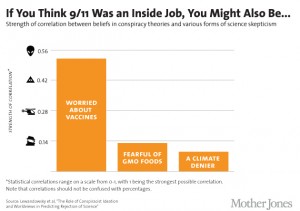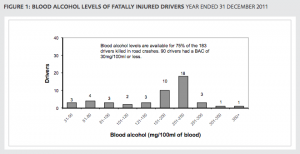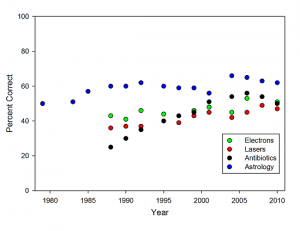There’s a story in the Herald arguing for mass vaccination in NZ against group C meningococcal disease. There’s a good case for the vaccination — it’s a really nasty disease and there aren’t any other good treatment or prevention approaches — but I don’t see how the cost-effectiveness claims in the story can be right.
Dr Gravatt is quoted as saying there would be zero net medical cost for the vaccination program
Dr Gravatt estimated the net cost of vaccinating children at 12 months and again at 18 years would be zero for each “quality-adjusted” year of life saved at a vaccine price of $25 to $40 per dose. The listed prices were around $43 to $87, but discounts would be likely in a bulk contract.
He refers to a British vaccine study — which one isn’t specified. However, there are cost-effectiveness analyses of the whole British group C meningococcal vaccination program (they vaccinate against group C but not group B, the opposite of NZ). One, from 2002, estimates a cost per life year saved of £6259. The second, from 2006, considers a wider range of possible vaccination programs: for the one that’s most similar to what Dr Gravatt proposed it estimates net medical costs of £9082 per quality-adjusted life year, and for the cheapest one, £3653 £2760 (update)per quality-adjusted life year. And that’s assuming the vaccine costs only £12 per dose, and in a country where group C meningococcal disease was slightly more common than it is here.
Another way to look at it: there are about 60000 births per year in NZ, so after the initial catch-up phase we’d be paying for 120000 doses per year. Even at $25 per dose, that comes to $3 million per year. According to the Herald’s story there are about 25 cases per year, so for the vaccination to be cost-neutral even at this lowest suggested price, the average disease case would have to cost the healthcare system $120000. That’s more than ten times what the UK cost-effectiveness study estimated (roughly £4000) including both the immediate cost of treating the disease and the cost of treating the long-term effects.
The vaccine looks to be a lot more cost-effective than, say, the prostate cancer drug that Campbell Live was pushing last week, and because herd immunity is important for this disease, there’s a relatively stronger case for vaccinating everyone, but that would be because the cost is worth it, not because the cost is zero.
Updates, including a lot more technical detail: (more…)


